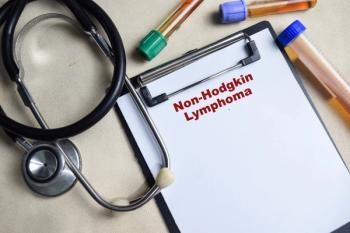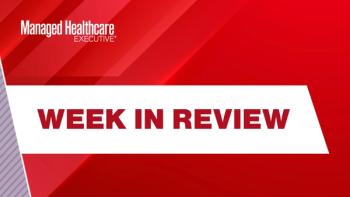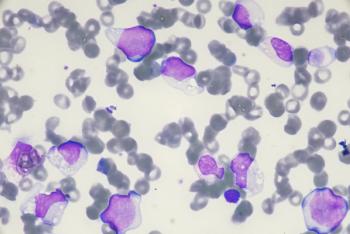
Four Opportunities to Tap into Biosimilar Cost Savings
The policies and approaches healthcare leaders should promote.
Biosimilars, or biologics that are highly similar to an FDA-approved innovator biologic (the branded product), represent a total future savings potential of
While some health systems have fully adopted the use of biosimilars, others have been slower due to a range of obstacles.
Below, we highlight strategies for overcoming the four most common barriers to adoption.
1. Improve education
Until prescribers and pharmacists gain
Here are a few areas of focus:
- The rigor of the FDA approval process for biosimilars;
- The breadth of randomized controlled trials demonstrating similar efficacy and safety compared to innovator biologics; and
- The array of randomized controlled trials demonstrating the safety of switching from an innovator biologic to a biosimilar without impacting therapeutic outcomes.
2. Develop shared understanding of naming conventions
Previously, biosimilars could be identified by the four-letter suffix appended to the end of core product names (i.e., trastuzumab-anns is comprised of the core name “trastuzumab” and the four-letter suffix “-anns”). However, under recent updates to the
Related article:
Further complicating matters, biosimilars also receive a branded name in addition to the nonproprietary core product name. This branded name is unrelated to the innovator biologic’s brand name (i.e., Herzuma, Kanjinti, and Ogivri are all biosimilars of Herceptin). These naming conventions make the process of identifying and selecting a biosimilar complicated. Therefore, great care should be taken by health systems to address the best way to identify and enter biosimilars in EHR and prescribing systems.
One way of addressing this is to use an “agnostic” name for physician ordering, followed by the selection of the “preferred product” in the pharmacy module, based on approved substitution policies. For example, a physician may prescribe a patient “infliximab” then the pharmacy module selects the health system preferred infliximab product (infliximab or one of its biosimilars, infliximab-abda or infliximab-dyyb).
3. Create therapeutic interchange and substitution policies
Currently, no biosimilar has been approved as an “
However, health system P&T committees have the authority to create interchange or substitution policies for biosimilars. These policies should answer the following questions in accordance with
- Does the substitution require prescriber consultation?
- Is the policy restricted to the biosimilar’s approved indications, or should use be extrapolated to all the innovator product’s indications?
- What is the potential impact on dosing?
- What guidance is there for opting out of biosimilar substitution?
4. Awareness of changing reimbursement policies
Biosimilars are consistently priced 15% to 30% below that of the innovator biologic, but in the past, convoluted reimbursement policies meant that these lower prices did not always translate to lower post-reimbursement costs. To combat this and incentivize biosimilar use, recent policy changes are steadily addressing and resolving disparities in Medicare reimbursement between biosimilars and innovator biologics. One example is the removal of biosimilar exclusion from the Medicare Part D coverage gap discount program in the Bipartisan Budget Act of 2018. Now, both innovator biologic and biosimilar manufacturers must provide a 70% discount.
While policy changes are beginning to take effect, one remaining reimbursement hurdle remains: some major insurance providers may only cover biosimilars if the patient has a contraindication, intolerance, or an ineffective response to the innovator biologic.
Innovator biologics continue to be cited as preferred agents and, unfortunately, payer reimbursement is often a major driver in the use of biosimilars in health systems.
Ultimately, health systems need to stay up-to-date and aware of changing reimbursement policies for biosimilars to provide the lowest cost care without compromising quality of care.
Advancing the biosimilars era
Several competing biosimilar versions of bank-busting biologics are expected to reach the market in the coming months, including Rituxan (rituximab), Avastin (bevacizumab) and additional Herceptin (trastuzumab) biosimilars.
These new entrants present a massive opportunity for hospital systems to manage cost and reinvest savings in other value-added areas, but these savings can only be realized if the above hurdles are cleared.
To do this, pharmacy and health system leaders must seize the opportunity to guide discussions in their organizations about these challenges and present solutions to improve the adoption of biosimilars.
Thomas E. Henry III, MBA, RPh, CPh is a clinical pharmacy advisor at
Newsletter
Get the latest industry news, event updates, and more from Managed healthcare Executive.





















































